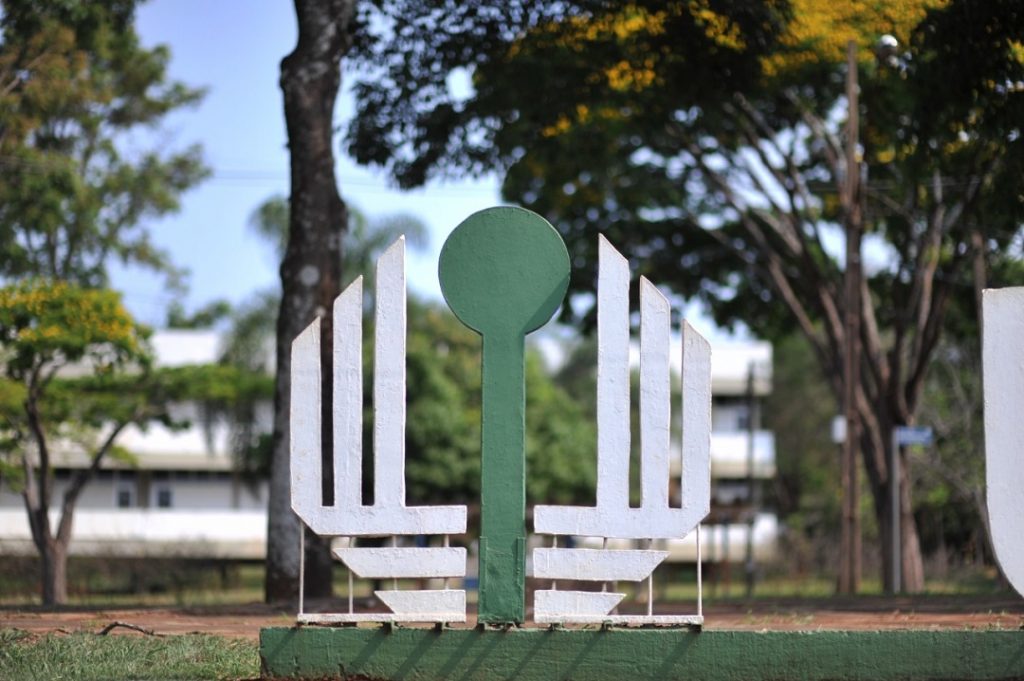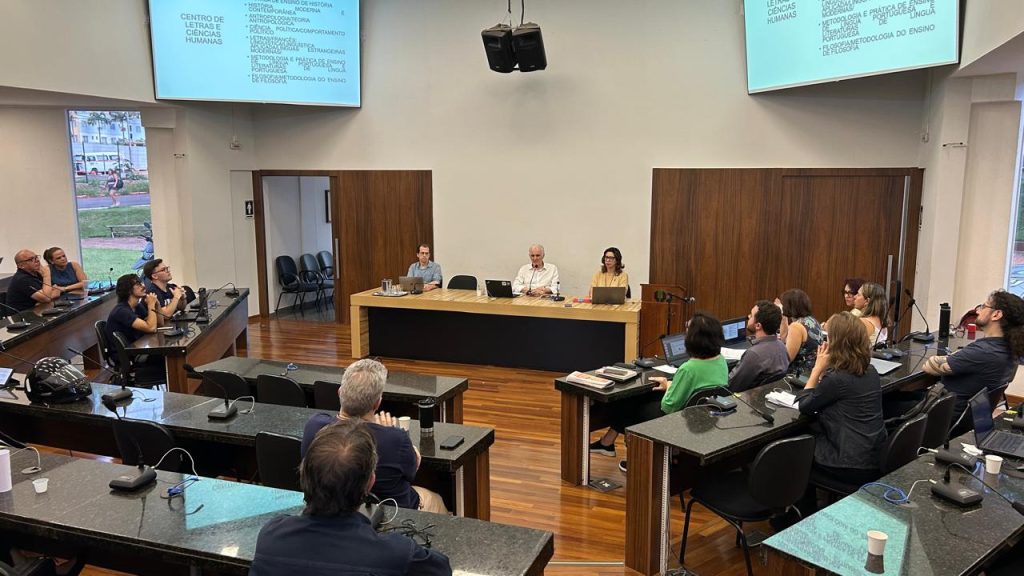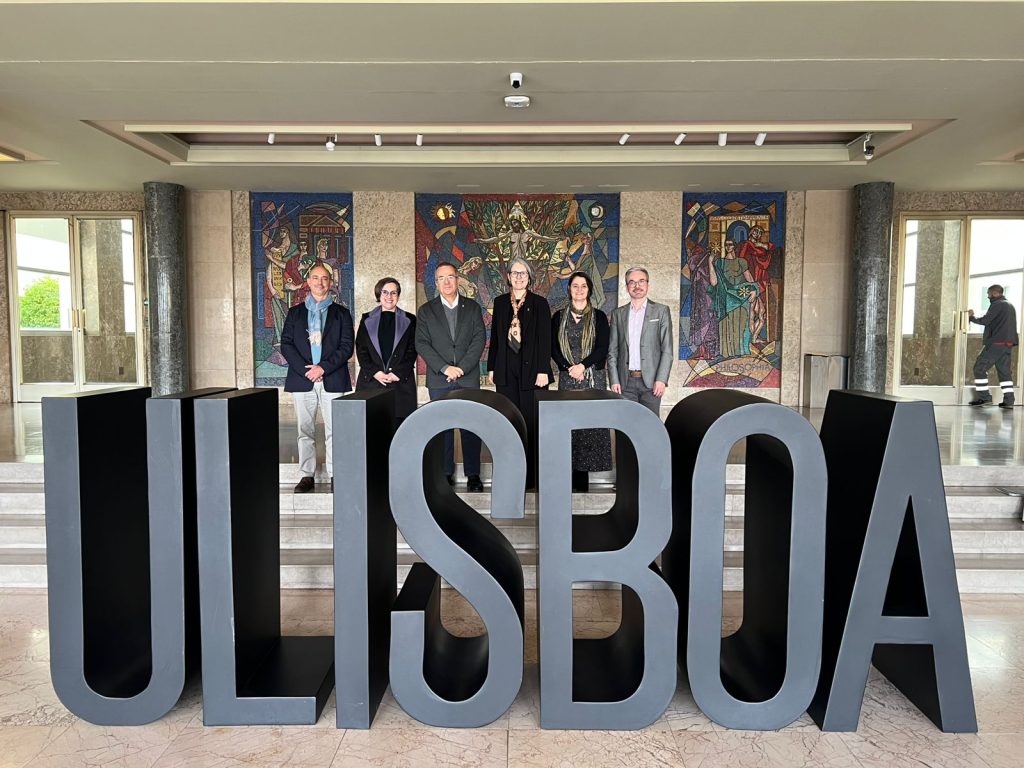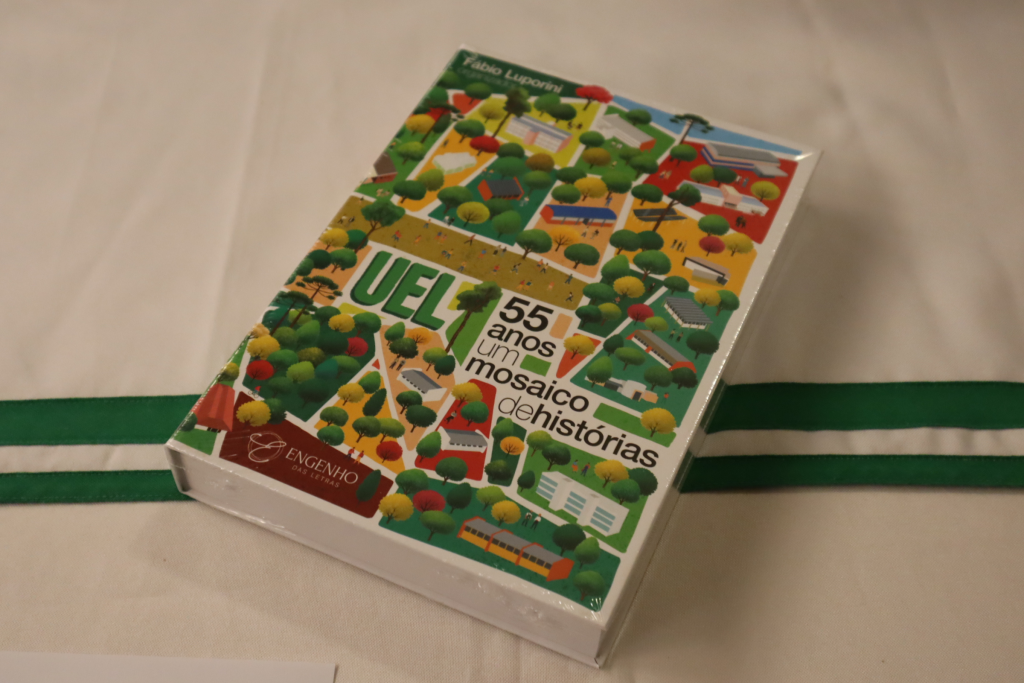[EN] Waste for good
[EN] Waste for good
Matéria publicada originalmente em português no Jornal Notícia, edição nº1420. Traduzida pelo Paraná Fala Inglês (PFI).Professor Berenice Martins Toralles, from the Department of Civil Construction (CTU), has coordinated the research project “Self-healing of cementitious composites” since 2019. This project, however, represents only part of the research in which she is involved, mostly as a master’s, doctoral, or postdoctoral supervisor, and which has as its objective and focus the study of more durable, resistant, and sustainable cementitious materials to be used on a large scale, as in the construction industry. One of the main challenges in improving these properties of cement is to reduce its porosity, so that it is less permeable and subject to corrosion by water, oxygen, and even microorganisms.
Professor Berenice Toralles has a long history of research in the field of Materials. She earned her PhD from the University of Catalonia in Spain, where she focused on high-strength materials. During her postdoctoral studies at the same institution, she further explored the realm of ultra-high-strength materials. Upon returning, she dedicated her time to improving the properties of cement by using waste and even bacteria, aiming to seal small cracks in the material, for example.
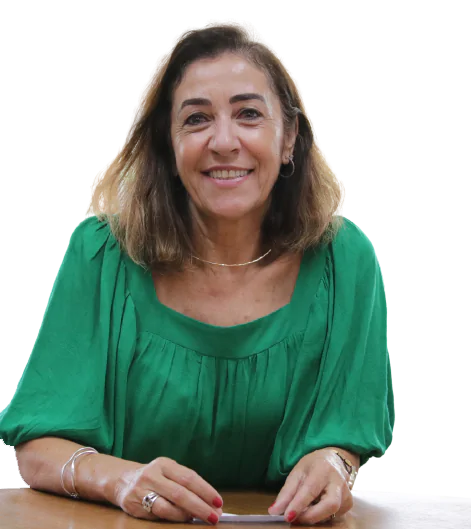
At the same time, Professor Toralles began research using slag, a by-product generated during the production of iron, which is an impurity extracted from raw mined from the ground. Slag is a well-known cementing material that has successfully replaced 90% of ordinary cement in experiments. It is abundantly produced, mainly in Minas Gerais, making it a viable resource for the project.
Professor Toralles explains that the slag comes in granulated form and is ground to the consistency of cement (or sand). She and her team of researchers tested different proportions of the material mixed with the cement until they achieved a 90% replacement. The professor explains that Brazil produces an excellent quality of cement. However, for every ton of cement produced, 800 kg of carbon dioxide are emitted, which is highly undesirable. The use of slag helps to reduce this emission.
Another line of research involves testing silica nanoparticles, a noble by-product from pig iron production, aimed at enhancing the density of cement. Professor Toralles emphasizes the importance of collaboration between the Engineering researchers and those from the University’s Physics and Microbiology departments.
There’s more: a researcher from the Federal University of Amazonas (UFAM), involved in the project, is studying the use of Malva fiber (cellulose), derived from an ornamental plant, to enhance the density and resistance of cement. Additionally, the project involved researchers (students) at the State University of Maringá, as well as a former Colombian student who is currently studying permeable concrete in Chile. Permeable concrete, in fact, is almost a magnum opus for Professor Toralles, given her expertise as a materials professor. Resistant and durable, it would prevent water from accumulating in city streets and sidewalks after rainfall.
3D printing
Professor Toralles has been awarded a researcher productivity grant once again: marking her sixth consecutive recognition. This will be put to good use in a project that is still in its infancy, which aims to 3D print a house using metakaolin, a material obtained by grinding and calcining a type of clay found in the North and Northeast of the country.
The aim is to build 35 m² houses for people in vulnerable situations of any kind – from a family temporarily displaced by a storm to the homeless. Attentive to new developments, Professor Toralles mentioned initiatives such as that of ICON, a company in Austin (Texas), which has already built condominiums using 3D printing.
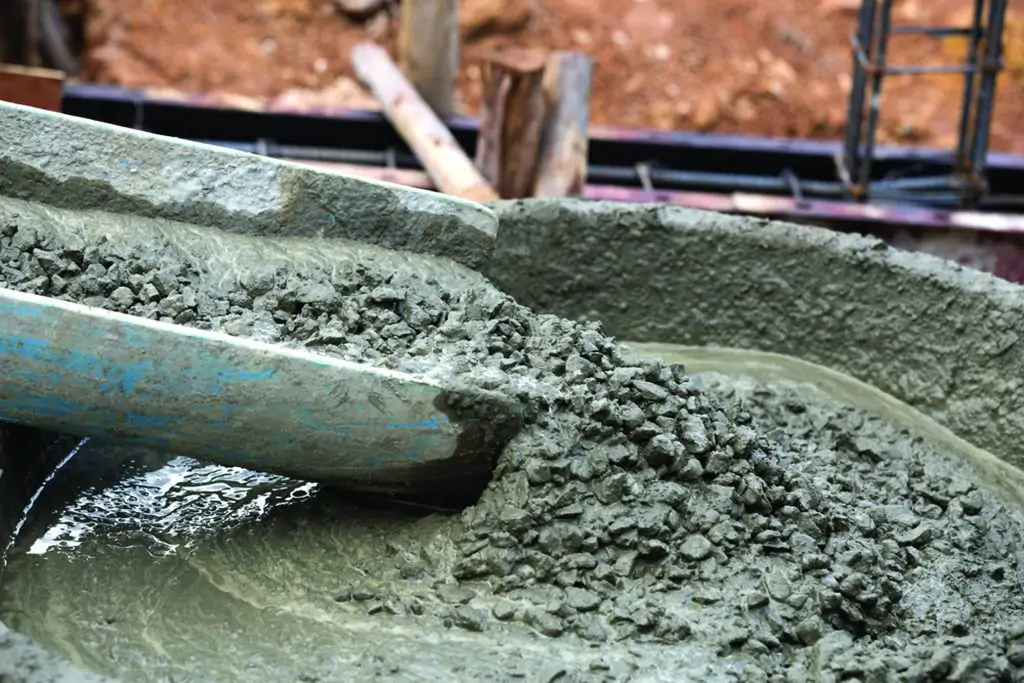
For this enterprise, she has already established a partnership with the Civil Construction Union (Sinduscon), and counts with the help of a postdoctoral fellow (in the area of energy efficiency and thermal comfort), a master’s student and a doctoral student. One of the challenges is getting the 3D printer. In the meantime, the results of the research have been published in articles, disseminated at scientific events and in the form of dissertations, theses and postdoctoral reports.
Tradução: Raquel Prete. Revisão: Ana Paula Luiz dos Santos Aires. Supervisão: Fernanda Machado Brener. Programa Paraná Fala Inglês (PFI).
Matéria originalmente publicada em português na edição nº 1420 do Jornal Notícia: Resíduos do bem.

